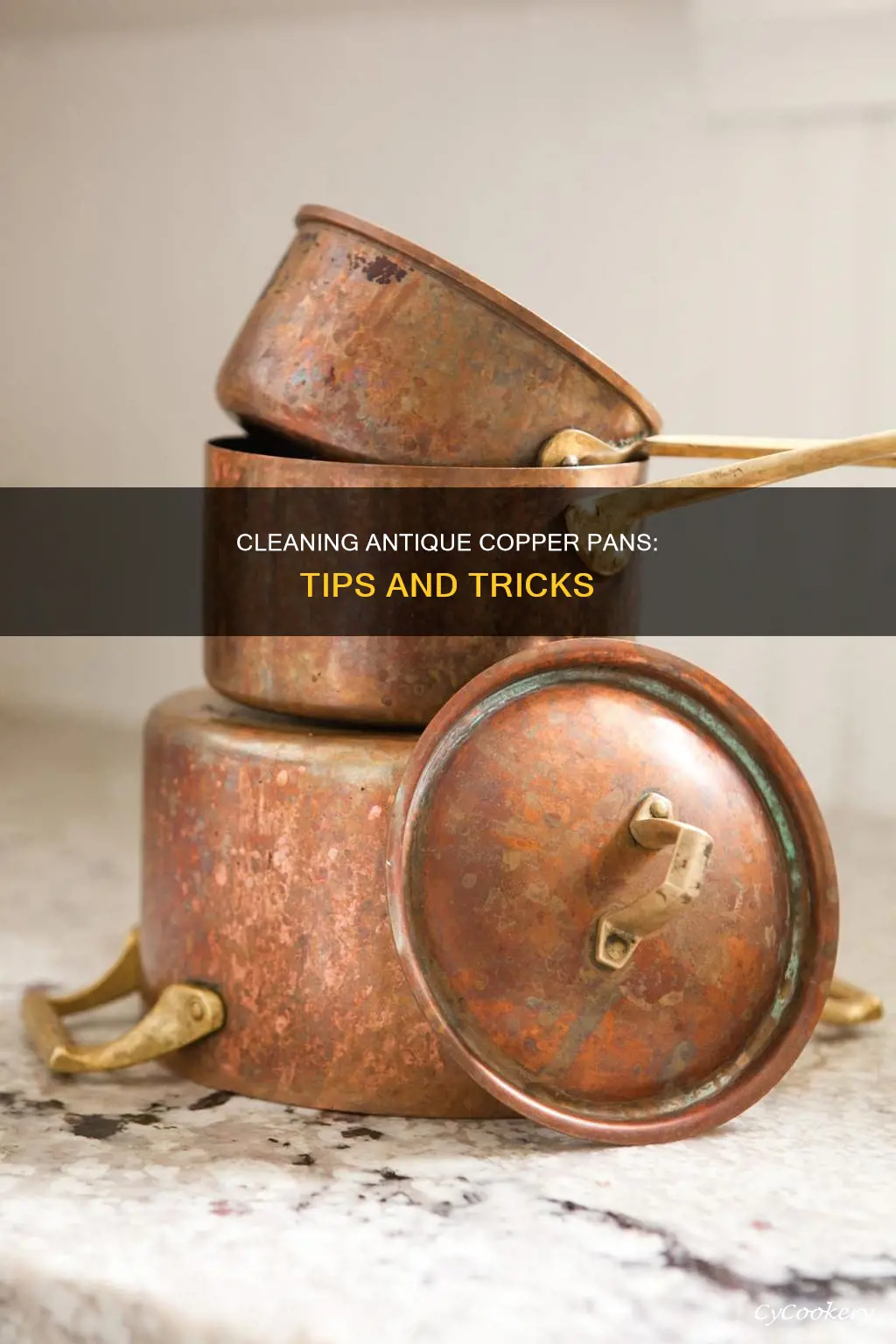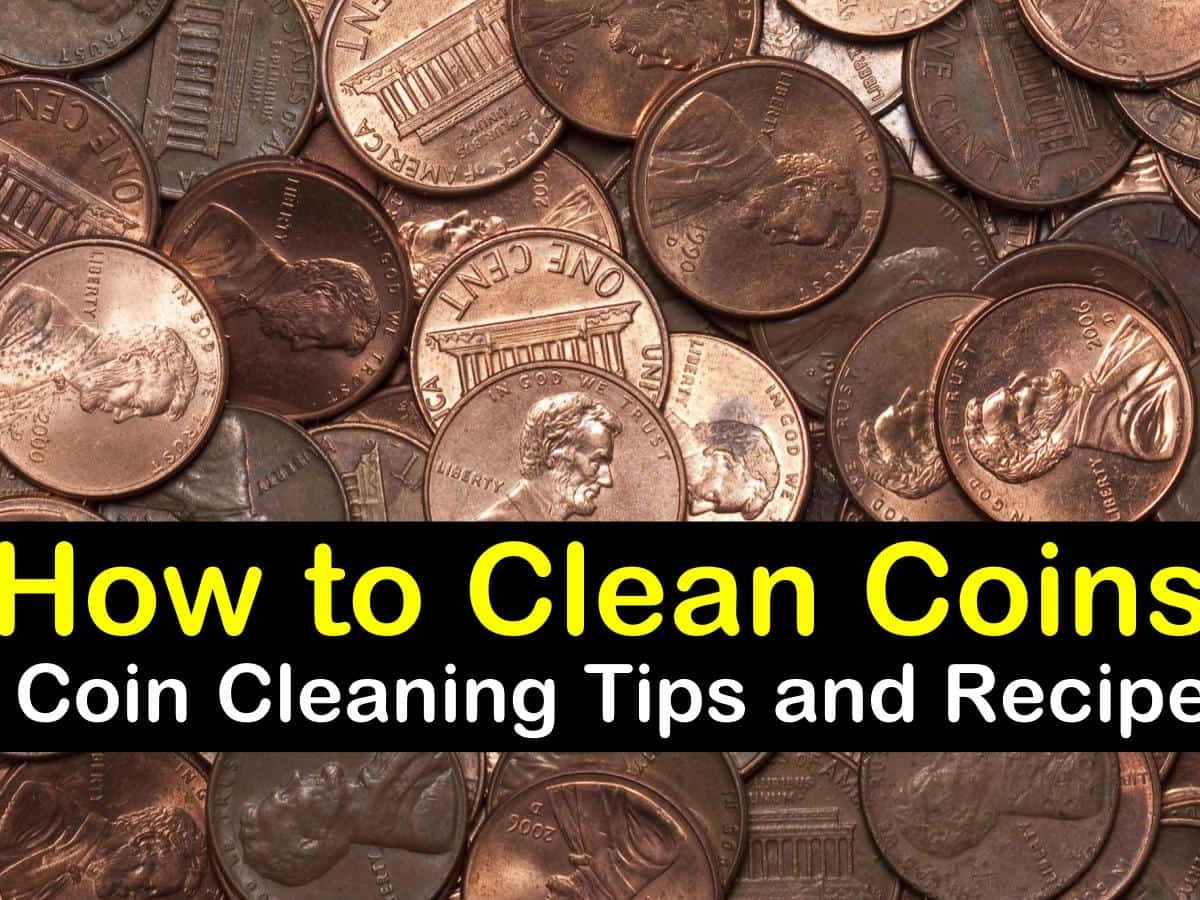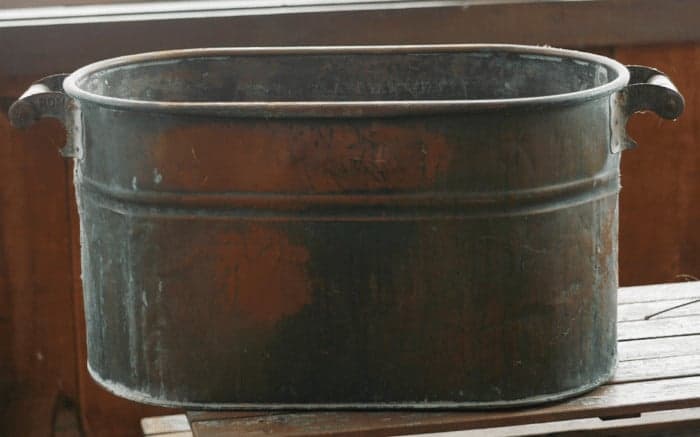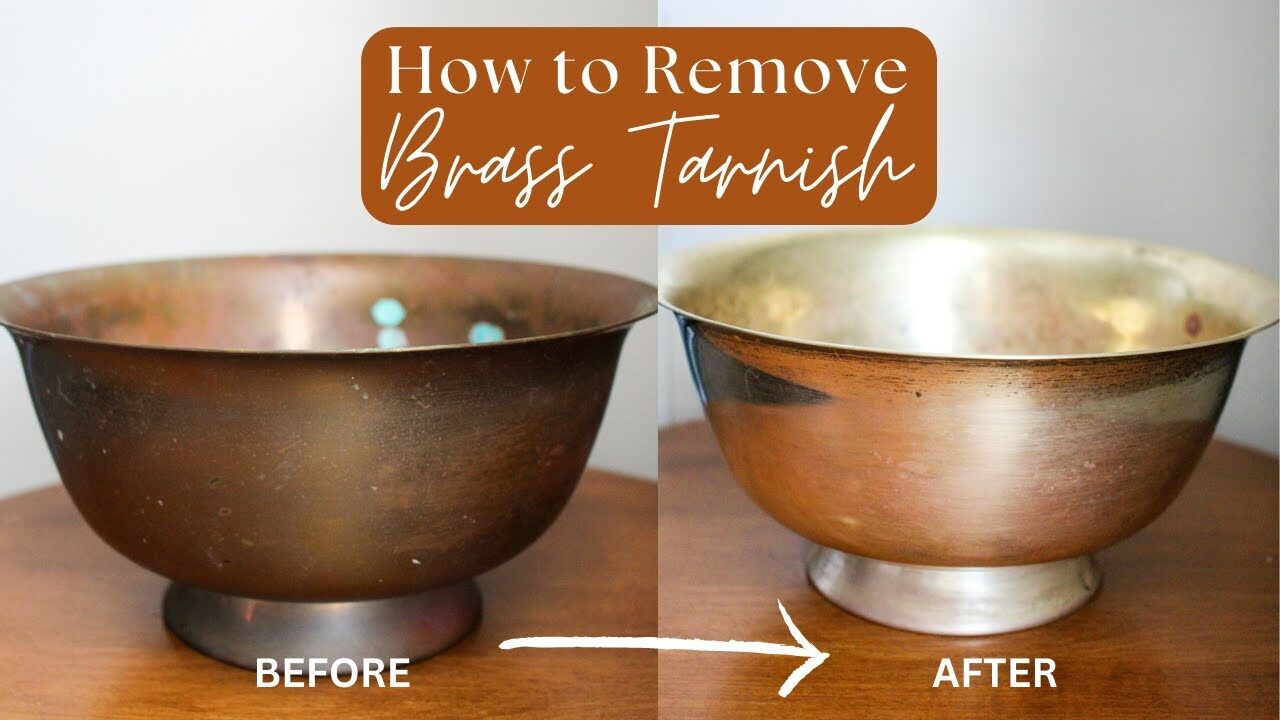How Do You Clean Old Copper

The gleam of copper, once a hallmark of craftsmanship and enduring beauty, often fades with time, succumbing to tarnish and corrosion. From antique cookware passed down through generations to architectural details adorning historic buildings, the restoration of aged copper presents a unique challenge. The task requires a delicate balance: removing the accumulated grime without damaging the underlying metal, preserving its character while breathing new life into its luster.
This article explores the various methods for cleaning old copper, drawing on expert advice and proven techniques. We'll delve into both DIY solutions and professional approaches, offering guidance on how to choose the right method based on the object's condition, age, and intended use. Understanding the science behind copper's tarnishing process is crucial, as is recognizing when professional intervention is necessary to safeguard delicate or historically significant pieces.
Understanding Copper's Tarnish
Copper's characteristic tarnish, often seen as a dull brown or green patina, is the result of a chemical reaction with elements in the environment. Oxidation, the most common culprit, occurs when copper interacts with oxygen in the air, forming copper oxide. This process is accelerated by moisture, humidity, and pollutants.
The green patina, often referred to as verdigris, is a copper carbonate formed by the reaction of copper with carbon dioxide and moisture. While some appreciate the patina for its aesthetic appeal, especially on outdoor architectural elements, it's generally considered undesirable on decorative or functional items.
DIY Cleaning Methods: A Gentle Approach
For lightly tarnished copper items, several readily available household ingredients can be surprisingly effective cleaning agents. These methods prioritize gentleness, minimizing the risk of abrasion or damage, and are suitable for relatively recent tarnish.
Lemon Juice and Salt
The acidity of lemon juice, combined with the abrasive action of salt, provides a simple yet effective cleaning solution. Cut a lemon in half, sprinkle the cut side with salt, and rub it gently over the copper surface. Rinse thoroughly with water and dry immediately to prevent water spots.
Vinegar and Salt
Similar to lemon juice, vinegar's acetic acid works to dissolve tarnish. Mix equal parts vinegar and salt to create a paste. Apply the paste to the copper, let it sit for a few minutes, then scrub gently with a soft cloth or sponge.
Ketchup
Surprisingly, ketchup's acidity and mild abrasives can also clean copper. Apply a thin layer of ketchup to the tarnished surface, let it sit for 10-15 minutes, and then rinse and dry.
Considerations for DIY Methods
Before applying any DIY cleaning solution, test it on an inconspicuous area of the copper object. Always use soft cloths or sponges to avoid scratching the surface. Rinse thoroughly with water and dry completely after cleaning.
Commercial Copper Cleaners: When More Power is Needed
For heavily tarnished copper or items with intricate details, commercial copper cleaners offer a more potent cleaning action. These cleaners typically contain chemicals that dissolve tarnish more effectively than DIY solutions.
When selecting a commercial copper cleaner, carefully read the label and follow the manufacturer's instructions. Wear gloves and eye protection to prevent skin and eye irritation. Ensure adequate ventilation when working with these products.
Types of Commercial Cleaners
Commercial copper cleaners come in various forms, including liquids, creams, and pastes. Some are specifically formulated for certain types of copper items, such as cookware or jewelry. Consider the specific needs of the object being cleaned.
Cautionary Measures
Always test commercial cleaners on a small, hidden area first. Some cleaners can be abrasive, potentially damaging delicate finishes or removing the patina from antique items. Rinse thoroughly after cleaning and dry immediately.
Cleaning Copper Cookware: A Special Case
Copper cookware, prized for its excellent heat conductivity, requires special attention during cleaning. Never use abrasive cleaners or scouring pads on the interior tin or stainless steel lining, as this can damage the surface.
For exterior cleaning, the DIY methods mentioned earlier are often sufficient. Commercial copper cleaners specifically formulated for cookware can also be used. Always ensure the cookware is thoroughly rinsed and dried after cleaning.
Preventative Measures
Regular cleaning after each use can prevent excessive tarnish buildup on copper cookware. Avoid using harsh detergents or placing copper cookware in the dishwasher.
Preserving the Cleaned Copper: Protecting the Shine
Once the copper has been cleaned, it's essential to protect it from future tarnishing. Several methods can help preserve the shine and prevent rapid re-tarnishing.
Applying a Protective Coating
Applying a thin coat of wax or a clear lacquer can create a barrier between the copper and the environment. This helps prevent oxidation and slows down the tarnishing process. Select a product specifically designed for use on metal.
Regular Polishing
Regular polishing with a soft cloth can help maintain the shine of cleaned copper. This removes light surface tarnish before it becomes more severe. Avoid using abrasive polishes, as these can scratch the surface.
Controlling Humidity
Storing copper items in a dry environment can help prevent tarnishing. Avoid exposing copper to excessive humidity or moisture.
When to Seek Professional Help
For valuable or historically significant copper items, it's often best to seek the expertise of a professional conservator or metal restorer. These professionals have the knowledge and experience to clean and preserve delicate items without causing damage.
Items with intricate details, fragile finishes, or extensive corrosion should be handled by professionals. Attempting to clean these items yourself could result in irreversible damage and diminish their value.
Identifying authentic antiques requires a keen eye and knowledge of historical manufacturing processes. If you are unsure of an item's age or composition, it's best to consult with an expert before attempting to clean it.
The Future of Copper Cleaning
Research and development continue to produce innovative methods for cleaning and protecting copper. Electrolytic cleaning, for example, uses an electric current to remove tarnish without harsh chemicals. New protective coatings are also being developed to provide longer-lasting protection against tarnishing.
As our understanding of copper's properties and the tarnishing process improves, we can expect to see even more effective and environmentally friendly cleaning solutions in the future. Preserving the beauty and longevity of copper, whether in heirloom objects or architectural masterpieces, remains a priority.












![How Do You Clean Old Copper 7 EASY Ways to Clean Old Copper Coins [2025 Guide!]](https://detectingtreasures.com/wp-content/uploads/2023/08/How-to-Clean-Old-Copper-Coins-Metal-Detecting.webp)





